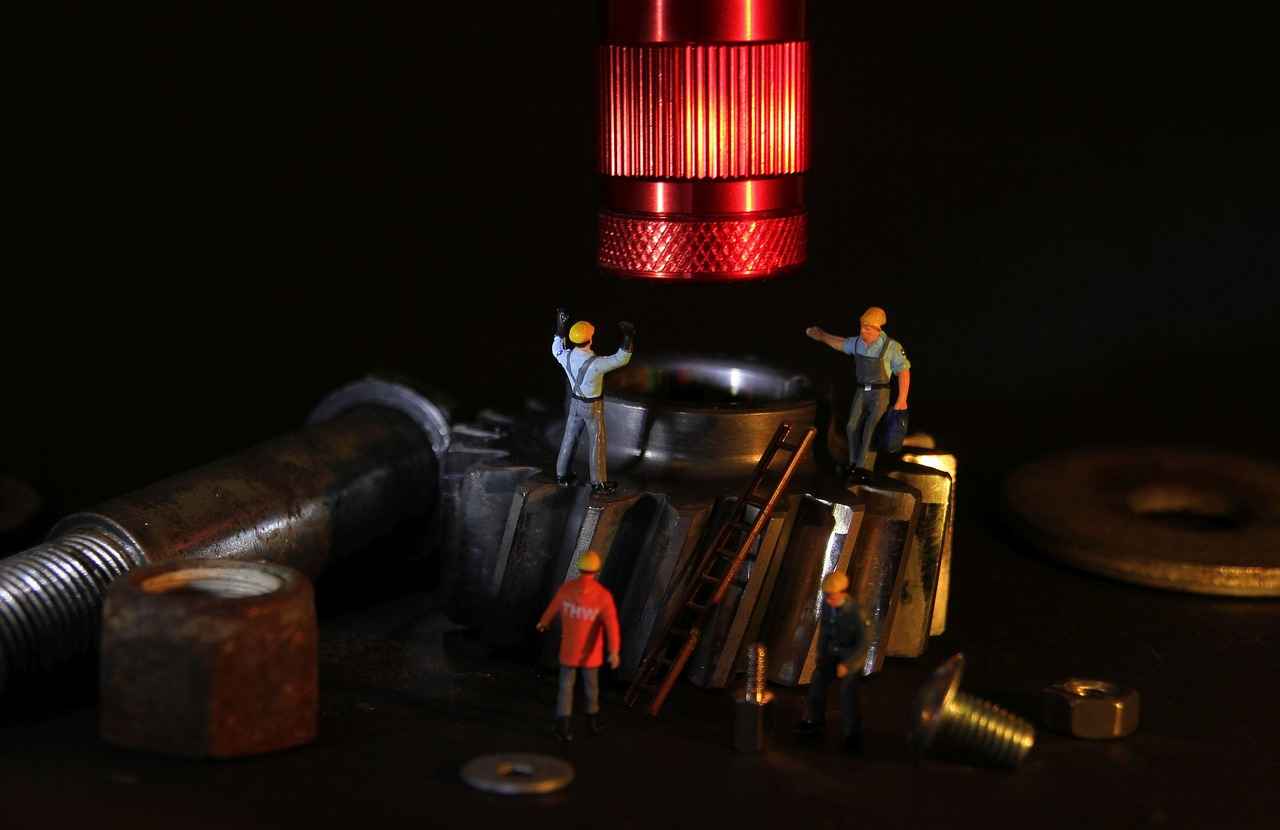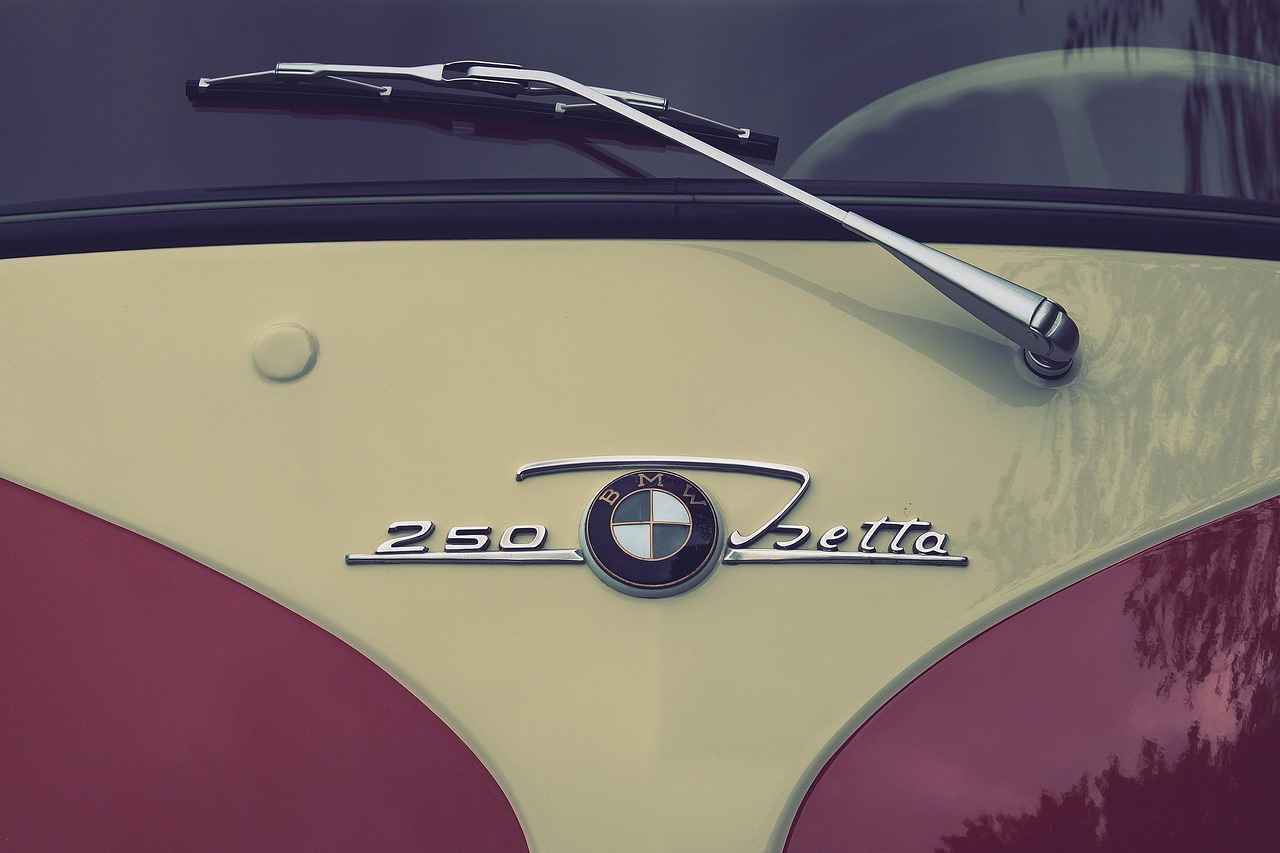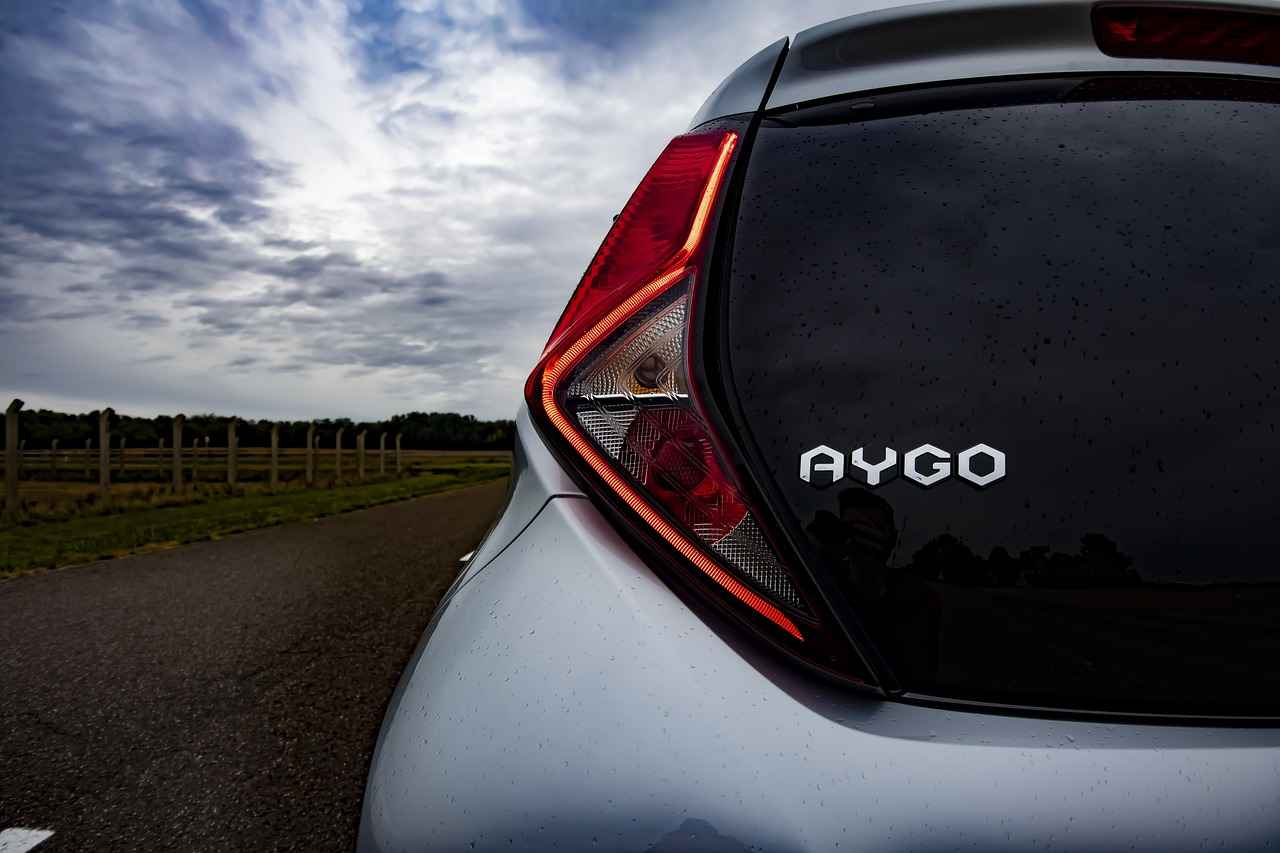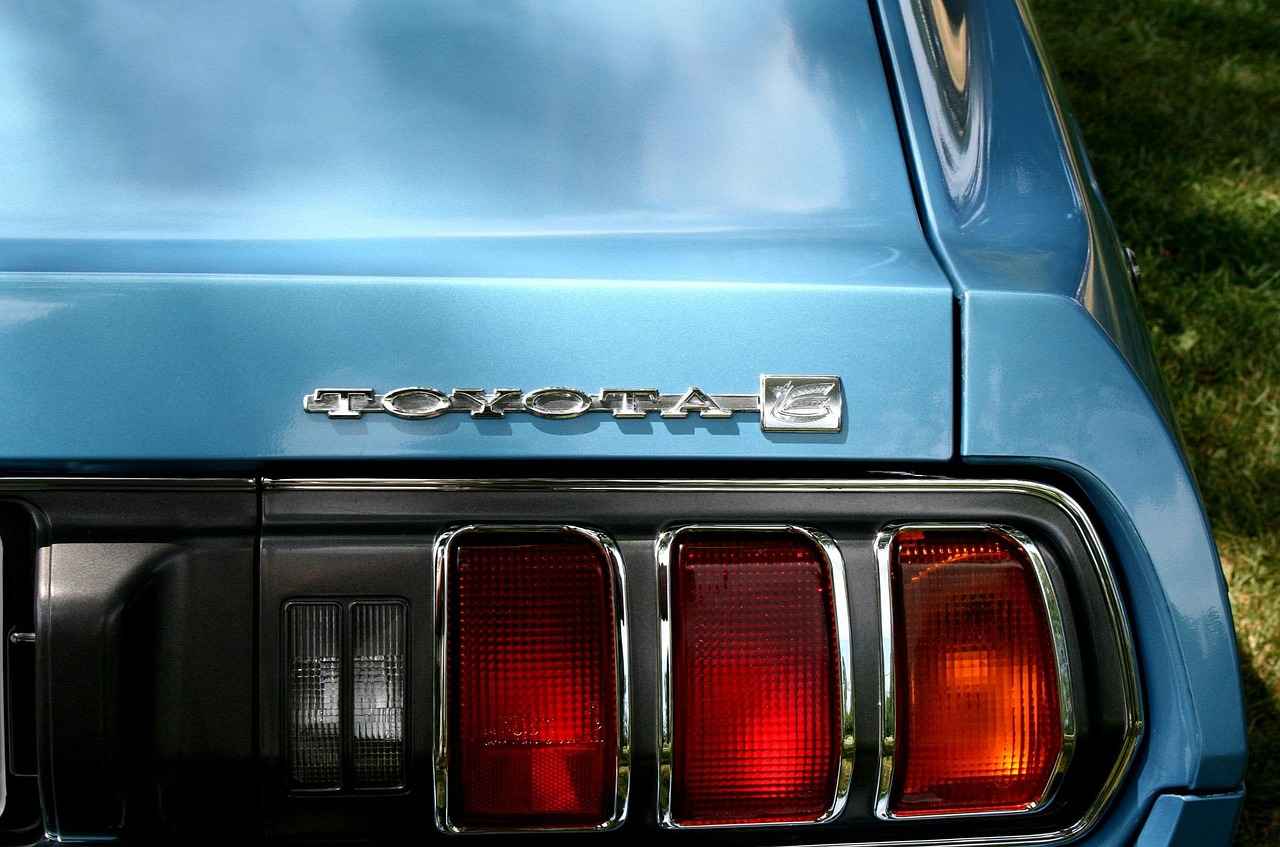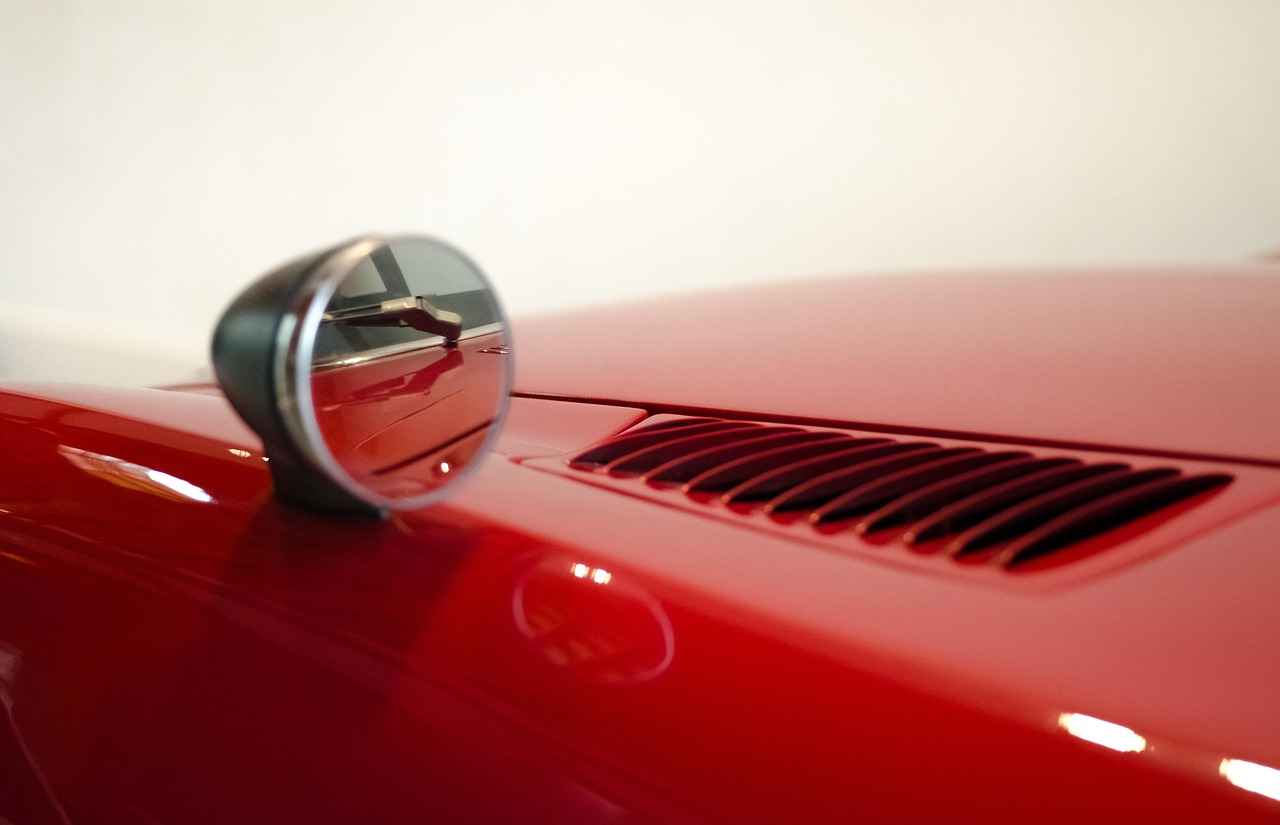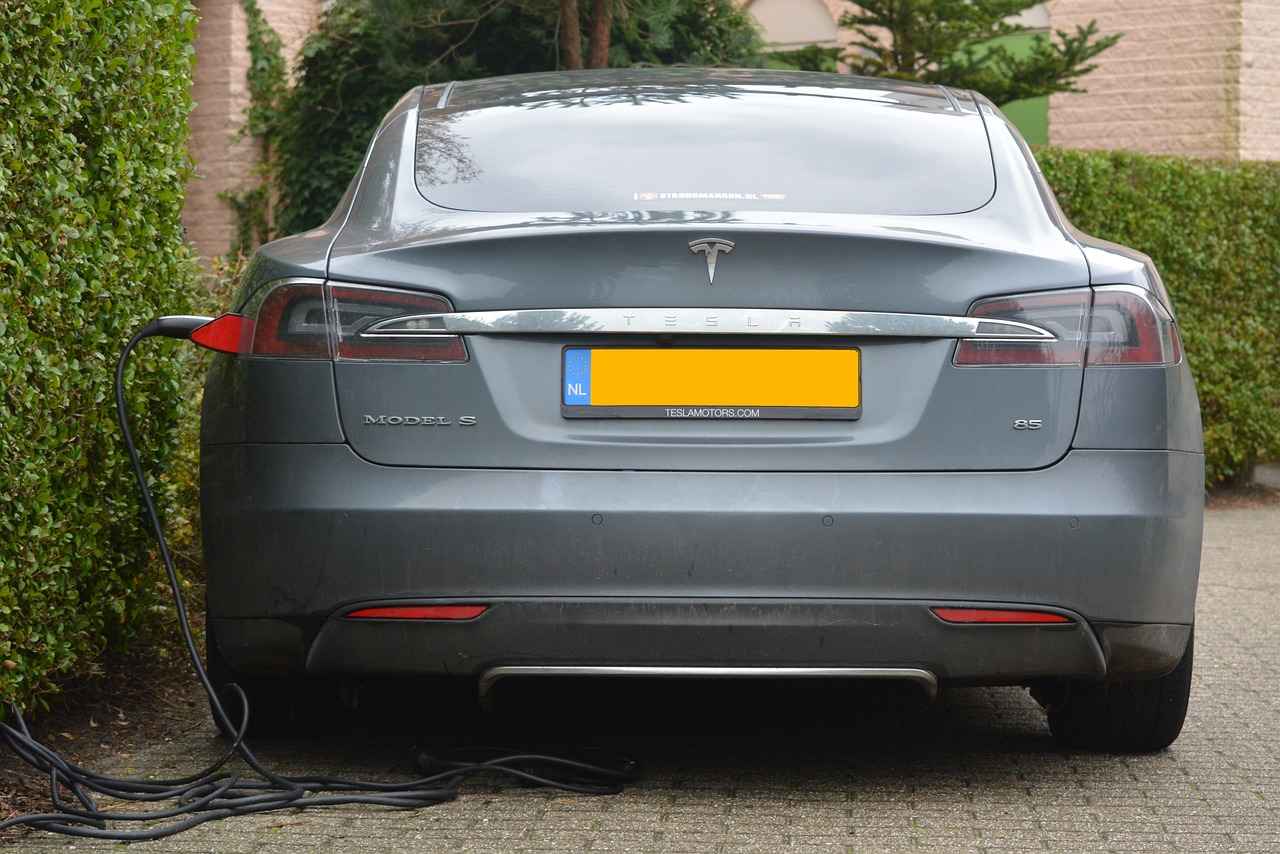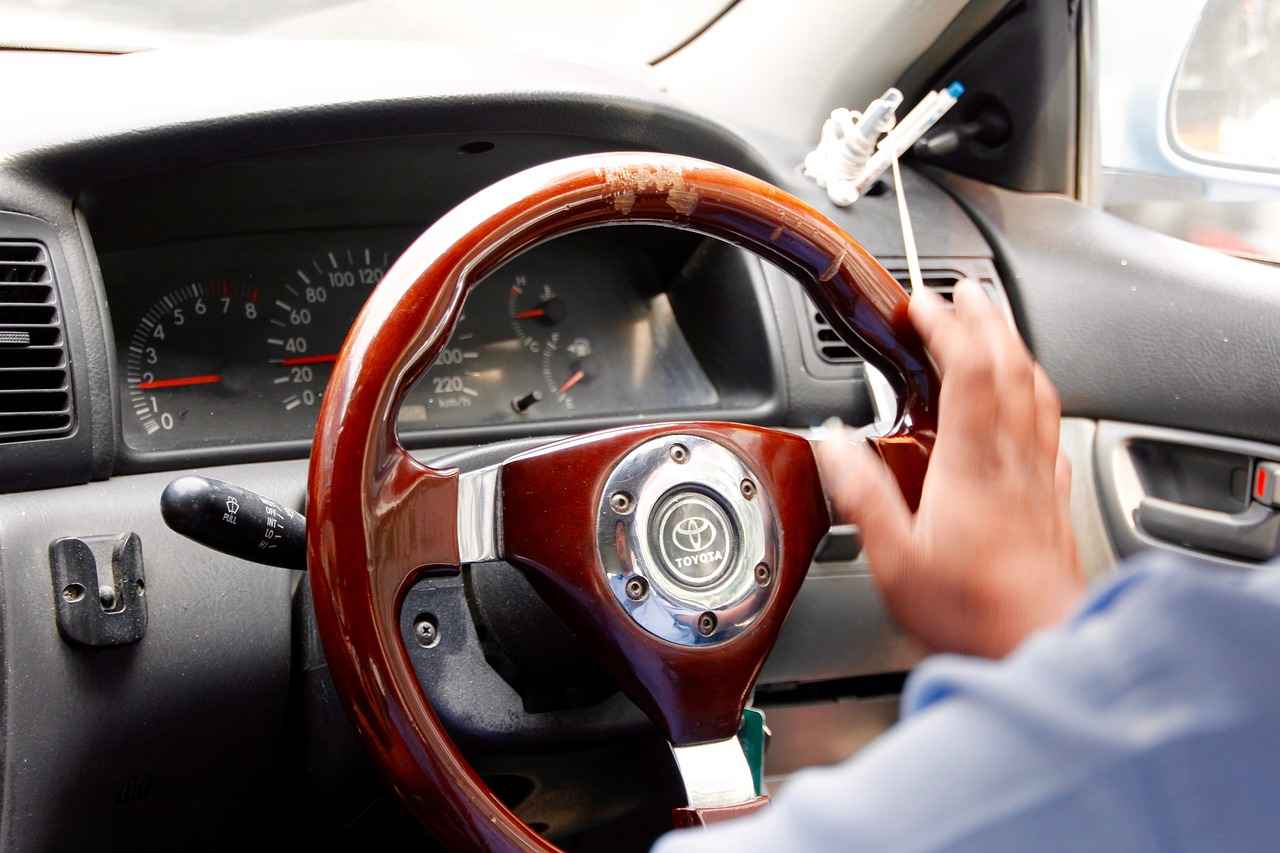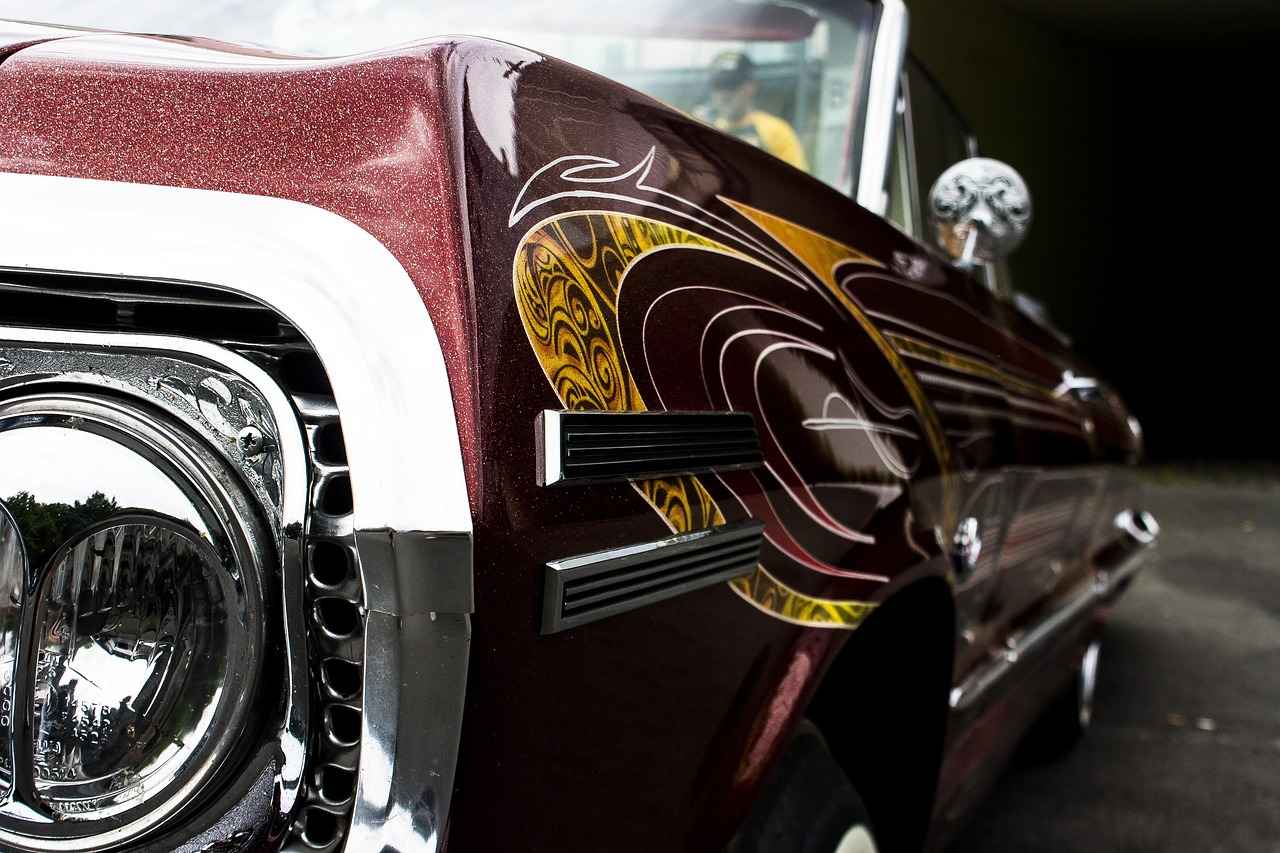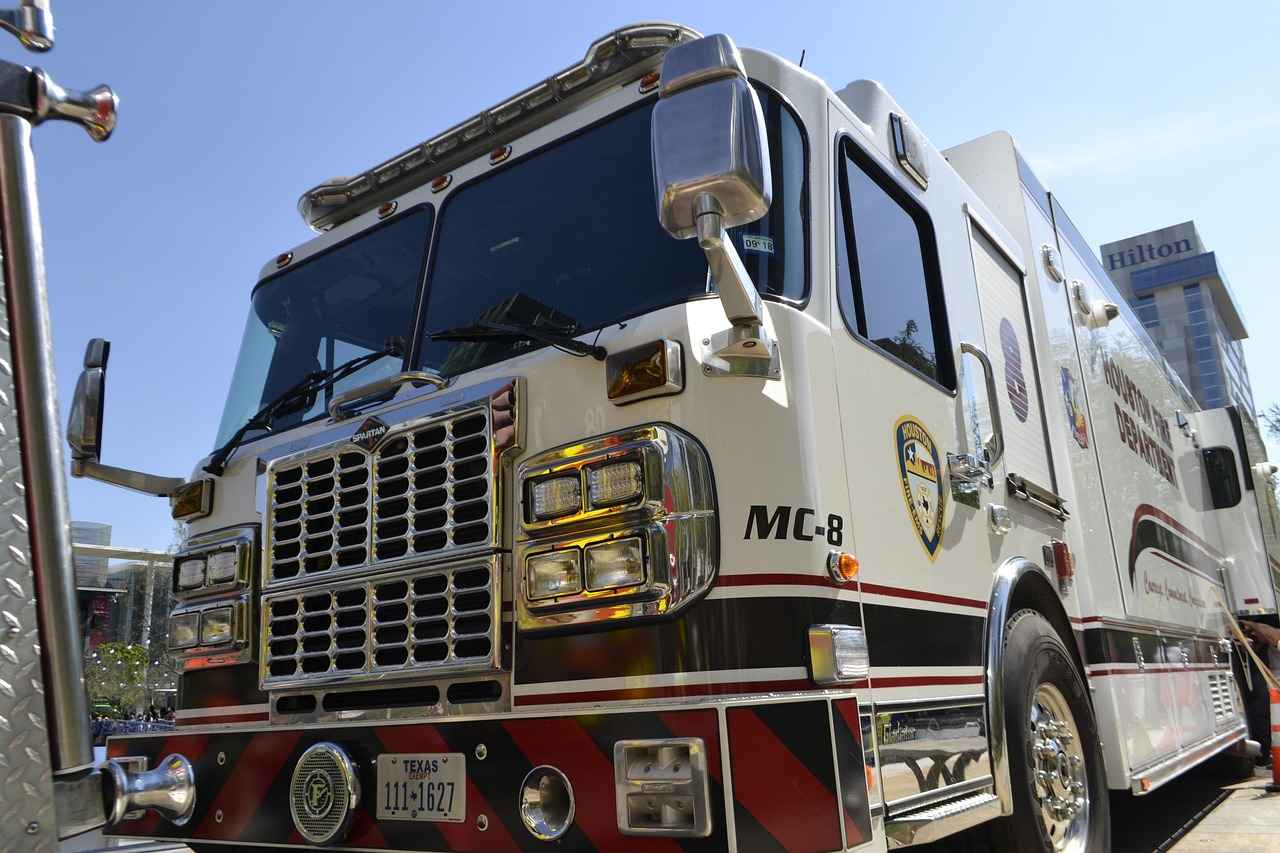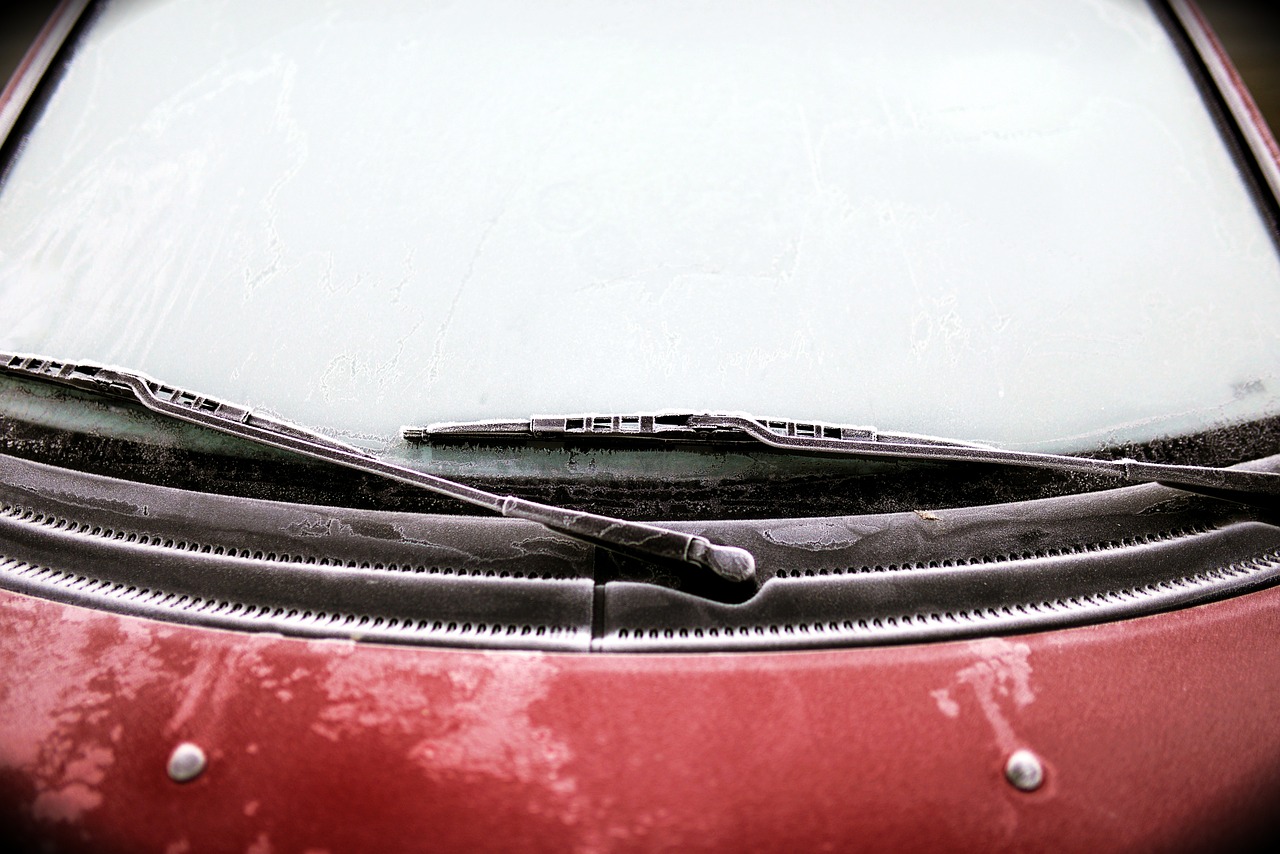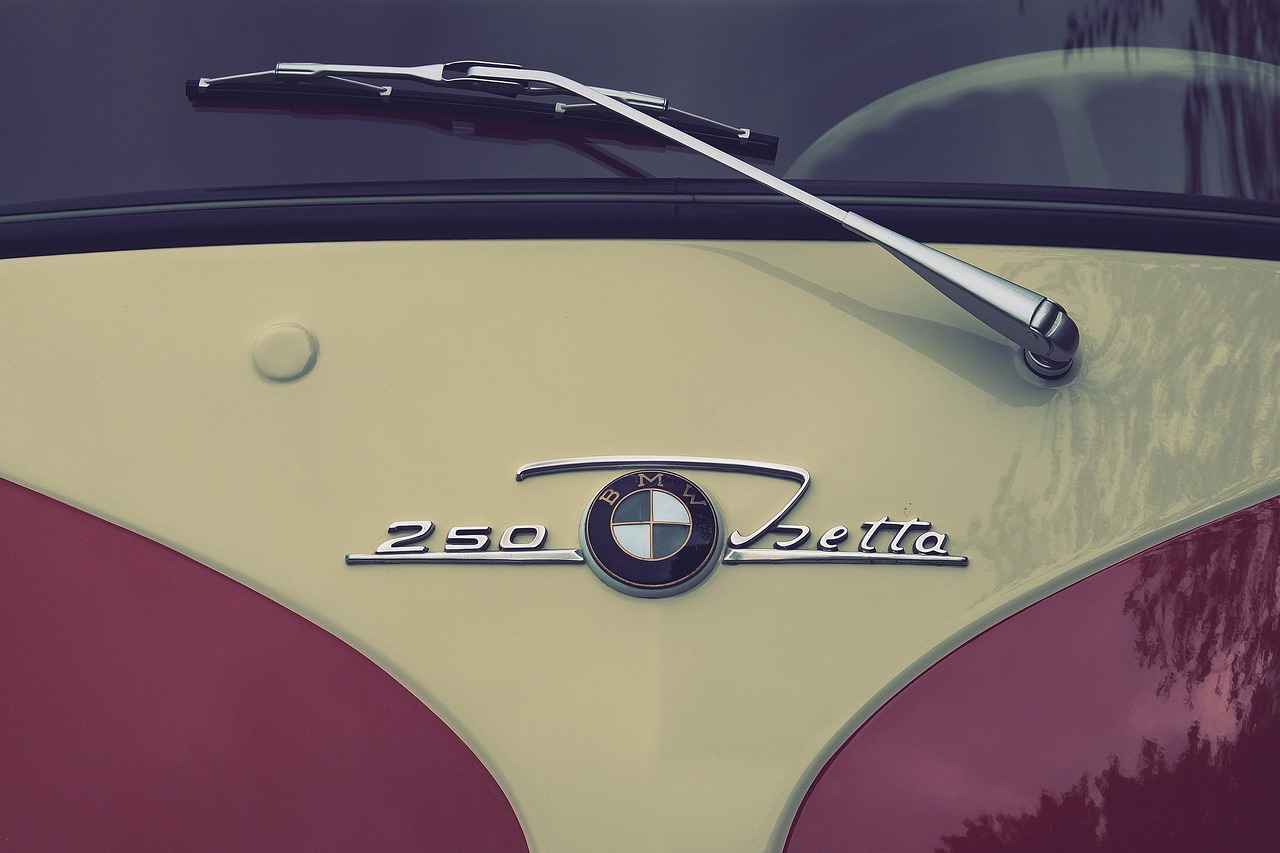This article serves as a comprehensive guide to troubleshooting and fixing windshield wipers that fail to operate effectively. Ensuring clear visibility during adverse weather conditions is crucial for safe driving. Understanding the common issues that can affect your wipers will help you maintain their performance and enhance your driving experience.
What Are Common Causes of Windshield Wiper Malfunctions?
Windshield wiper problems can arise from various sources. Here are some common causes:
- Worn Wiper Blades: Over time, wiper blades can become damaged or worn, leading to ineffective cleaning.
- Electrical Issues: Problems with the wiring or the wiper motor can hinder the operation of the wipers.
- Faulty Fuses: A blown fuse can cut off power to the wiper system, rendering them useless.
- Mechanical Failures: The wiper transmission or linkage may become disconnected or damaged.
How Can You Diagnose Windshield Wiper Problems?
Diagnosing windshield wiper issues requires a systematic approach:
- Visual Inspection: Start by checking the wiper blades for any visible damage.
- Electrical Checks: Use a multimeter to test the wiper motor and associated wiring.
- Fuse Examination: Inspect the fuse box for any blown fuses related to the wiper system.
What Signs Indicate Worn Wiper Blades?
It’s important to recognize the signs of worn wiper blades:
- Streaking on the windshield
- Skipping across the glass
- Unusual noises during operation
How Often Should You Replace Wiper Blades?
Generally, it is recommended to replace windshield wiper blades every six months to a year, depending on usage and environmental conditions.
Examining the Wiper Motor and Fuse
The wiper motor and fuse are critical components affecting wiper functionality. If the motor fails or the fuse blows, the wipers may stop working altogether. Regular checks can prevent unexpected failures.
What Steps Can You Take to Fix Windshield Wipers?
Fixing windshield wipers often involves simple DIY steps:
- Replacing Wiper Blades: This is one of the easiest fixes. Make sure to choose the correct size and type for your vehicle.
- Resetting the Wiper Motor: If the wipers are unresponsive, resetting the motor might help. This often involves disconnecting the battery for a few minutes.
Additional Tips for Maintaining Wiper Performance
- Regular Cleaning: Keep your windshield clean to prevent blade wear.
- Seasonal Checks: Inspect wipers before winter or rainy seasons to ensure they are in good condition.
- Use Quality Products: Invest in high-quality wiper blades for better performance and durability.
By understanding the common causes of windshield wiper malfunctions and following the outlined steps, you can effectively troubleshoot and fix your wipers. Regular maintenance will not only enhance their performance but also ensure your safety on the road during adverse weather conditions.

What Are Common Causes of Windshield Wiper Malfunctions?
Maintaining clear visibility while driving, especially during inclement weather, is crucial for safety. Understanding the common causes of windshield wiper malfunctions can empower vehicle owners to troubleshoot issues effectively. This knowledge not only aids in prompt diagnosis but can also lead to significant savings on repairs.
Windshield wipers are engineered to provide optimal visibility, but various factors can lead to their malfunction. Here are some of the most prevalent causes:
- Worn Wiper Blades: Over time, wiper blades can become brittle or cracked, reducing their effectiveness. Regular inspections are essential to ensure they are in good condition.
- Faulty Wiper Motor: The wiper motor is the heart of the system. If it fails, the wipers will not function. This can happen due to electrical issues or mechanical wear and tear.
- Blown Fuse: A blown fuse can disrupt the power supply to the wiper motor, rendering the wipers inoperable. Checking the fuse box regularly can prevent this issue.
- Improper Installation: If wiper blades are not installed correctly, they may not make proper contact with the windshield, leading to ineffective cleaning.
- Debris and Ice: Accumulated debris or ice on the windshield can hinder wiper movement. Regular cleaning and maintenance can mitigate this problem.
By identifying these common issues, you can take proactive measures to ensure your wipers function correctly.
Diagnosing windshield wiper issues requires a systematic approach. Start by checking the wiper blades for any visible damage. Next, inspect the wiper motor and fuse. If the motor is unresponsive, it may need to be reset or replaced. Additionally, consider the electrical connections to ensure they are secure.
Recognizing the signs of worn wiper blades can prevent further complications:
- Streaking: If your wipers leave streaks on the windshield, it’s a clear indicator that the blades are worn.
- Skipping: Wipers that skip across the glass instead of moving smoothly can indicate blade deterioration.
- Noisy Operation: Unusual sounds during operation often suggest that the blades are not making proper contact with the windshield.
Experts recommend replacing windshield wiper blades every six months to a year, depending on usage and environmental conditions. Regular maintenance can enhance visibility and overall driving safety.
Both the wiper motor and fuse are critical components in the wiper system. If the motor fails or the fuse blows, the wipers may stop working altogether. Regular checks can help identify issues before they escalate.
Fixing windshield wipers can often be accomplished with basic tools and some DIY skills. Here are some steps to consider:
- Replacing Wiper Blades: This is one of the simplest fixes. Ensure you select the correct size and type for your vehicle.
- Resetting the Wiper Motor: If the wipers are unresponsive, resetting the wiper motor can sometimes resolve the issue. This may involve disconnecting the battery or following specific reset procedures outlined in the vehicle manual.
By understanding the common causes of windshield wiper malfunctions and how to address them, you can maintain clear visibility and ensure a safer driving experience.

How Can You Diagnose Windshield Wiper Problems?
Diagnosing windshield wiper problems is crucial for maintaining clear visibility during adverse weather conditions. A systematic approach is essential to identify the root cause of the malfunction, which can stem from various sources such as electrical issues, mechanical failures, or problems with the wiper blades themselves. Understanding these aspects can save you time and money while ensuring your safety on the road.
- Visual Inspection: Begin by performing a thorough visual inspection of the wiper blades. Look for cracks, tears, or any signs of wear that could affect their performance.
- Check the Wiper Motor: The wiper motor is a vital component. If the motor is not functioning, it may need to be tested or replaced.
- Examine the Fuse: A blown fuse can interrupt the power supply to the wipers. Always check the fuse box for any blown fuses related to the windshield wiper system.
- Test the Switch: The switch that activates the wipers can also be a source of problems. Ensure it is working correctly by testing it in different settings.
Identifying the symptoms of windshield wiper problems can help in diagnosing the issue more efficiently. Some common symptoms include:
- Wipers Not Moving: This could indicate a problem with the motor or electrical connections.
- Wipers Sticking: If the wipers are sticking or not moving smoothly, it may be due to mechanical issues or worn blades.
- Noisy Operation: Unusual sounds during operation can signify that the wiper blades are damaged or that there are issues with the motor.
To conduct a detailed diagnosis, follow these steps:
- Start with the Wiper Blades: Inspect the blades for any visible damage. Replace them if necessary, as worn-out blades can lead to poor visibility.
- Test the Wiper Motor: If the wipers are unresponsive, check the motor by applying direct power to it. If it operates, the issue may lie elsewhere.
- Check Electrical Connections: Ensure that all electrical connections are secure. Loose or corroded connections can disrupt the wiper’s operation.
- Inspect the Fuse: Use a multimeter to test the fuse related to the wiper system. Replace any blown fuses with ones of the same rating.
- Evaluate the Control Switch: If all else fails, the control switch may be faulty. Consult your vehicle’s manual for testing procedures.
Regular maintenance of windshield wipers is essential for ensuring their optimal performance. By routinely checking and replacing wiper blades, you can prevent many common issues that arise from wear and tear. Additionally, ensuring that the wiper motor and electrical systems are functioning correctly can help avoid unexpected failures during critical driving conditions.
In summary, diagnosing windshield wiper problems involves a comprehensive approach that includes visual inspections, testing components, and understanding the symptoms of malfunction. By taking the time to perform these steps, you can ensure your wipers function effectively, providing the visibility necessary for safe driving.
Checking the Wiper Blades
When it comes to maintaining your vehicle, one of the most often overlooked components is the windshield wiper blades. Regular inspection of wiper blades is crucial for ensuring safe driving, especially during inclement weather. Worn or damaged blades can severely compromise visibility, leading to dangerous driving conditions. In this section, we will explore how to effectively check your wiper blades and what signs to look for that indicate they may need replacement.
To begin, it’s important to assess the condition of your wiper blades regularly. Worn-out blades can lead to streaks, smears, or even complete failure, making it difficult to see clearly through your windshield. Here are some key points to consider when inspecting your wiper blades:
- Visual Inspection: Look for any visible signs of damage, such as cracks, tears, or missing rubber. If you notice any of these issues, it’s time to replace the blades.
- Performance Test: During a rainstorm or when using the washer fluid, observe how the blades perform. If they skip or leave streaks, they are likely worn out.
- Age of Blades: Consider the age of your wiper blades. Generally, it is advised to replace them every six months to a year, depending on usage and environmental conditions.
In addition to these checks, it’s wise to ensure that the wiper blades are properly attached to the wiper arms. Loose or improperly fitted blades can also lead to performance issues.
Being alert to the signs of wear can save you from dangerous situations on the road. Here are some common indicators that your wiper blades may need to be replaced:
- Streaking: If your blades leave streaks on the windshield, it indicates that the rubber is worn and no longer making proper contact.
- Skipping: If the wipers skip across the windshield instead of gliding smoothly, they may need to be replaced.
- Noisy Operation: Unusual sounds, such as squeaking or grinding, can also signify that the blades are damaged.
Regularly replacing wiper blades not only improves visibility but also enhances overall driving safety. It’s a small investment that can make a significant difference in adverse weather conditions.
To prolong the life of your wiper blades, consider the following maintenance tips:
- Keep Them Clean: Regularly clean the blades with a soft cloth and a mild detergent to remove dirt and debris.
- Use the Right Washer Fluid: Ensure you are using a quality washer fluid that prevents freezing and helps maintain the integrity of the rubber.
- Store Properly: In winter months, lift the wiper arms off the windshield to prevent them from freezing to the glass.
By following these simple maintenance tips, you can extend the lifespan of your wiper blades and ensure they perform effectively when you need them the most.
What Signs Indicate Worn Wiper Blades?
When it comes to ensuring clear visibility while driving, windshield wipers play a crucial role, especially during adverse weather conditions. However, over time, these essential components can wear out, leading to ineffective performance. Understanding the signs of worn wiper blades is vital for maintaining safety on the road.
Recognizing the symptoms of worn wiper blades can help you take action before they become a serious hazard. Here are some common indicators:
- Streaking on the Windshield: If your wipers leave streaks or smudges on the glass, it indicates that the rubber is worn or damaged, preventing a clear wipe.
- Skipping or Chattering: Wipers that skip or chatter across the glass can be a sign of uneven wear or a buildup of debris on the blades.
- Unusual Noises: If you hear squeaking or grinding sounds while the wipers are in operation, this may suggest that the blades are not making proper contact with the windshield.
- Cracks or Tears: Visually inspecting the blades for any visible cracks, tears, or missing rubber can help identify the need for replacement.
- Increased Wear in Extreme Conditions: If you frequently drive in harsh weather or use your wipers often, they may wear out more quickly, necessitating more frequent checks.
Regularly replacing wiper blades is not just a matter of convenience; it’s a safety issue. Worn blades can impair visibility, especially during heavy rain or snow, increasing the risk of accidents. Furthermore, neglecting to change your wiper blades can lead to damage to the windshield itself, as damaged blades may scratch or etch the glass surface.
It is generally recommended to replace windshield wiper blades every six months to a year, depending on usage and environmental conditions. If you live in an area with extreme weather changes, you may need to replace them more frequently. Regular inspections can help ensure that you are replacing them at the right intervals.
To extend the life of your wiper blades and ensure optimal performance, consider the following tips:
- Clean the Blades: Regularly wipe the rubber part of the blades with a damp cloth to remove dirt and debris.
- Use the Right Washer Fluid: Ensure you are using quality washer fluid, as this can help prevent buildup on the blades.
- Park in a Garage: Whenever possible, park your vehicle in a garage or shaded area to protect the wipers from UV damage.
Replacing worn wiper blades is a straightforward process that can be done in a few simple steps:
1. Lift the wiper arm away from the windshield.2. Locate the release tab on the wiper blade and press it to detach the old blade.3. Align the new wiper blade with the arm and click it into place.4. Gently lower the wiper arm back onto the windshield.
By staying vigilant about the condition of your windshield wipers, you can ensure that your visibility remains clear and safe while driving. Regular checks and timely replacements will not only enhance your driving experience but also contribute to overall road safety.
How Often Should You Replace Wiper Blades?
Windshield wipers are essential for maintaining clear visibility during rain, snow, and other adverse weather conditions. However, many vehicle owners often overlook the importance of regular maintenance for these vital components. One common question arises:
It is generally recommended to replace windshield wiper blades every six months to a year. However, this timeframe can vary based on several factors:
- Usage: If you frequently drive in heavy rain or snow, your wiper blades may wear out more quickly.
- Environmental Conditions: Extreme temperatures, whether hot or cold, can deteriorate the rubber on the blades faster.
- Quality of Wiper Blades: Higher-quality blades may last longer than cheaper alternatives.
Regularly inspecting your wiper blades can help you determine when it’s time for a replacement. Look for these common signs:
- Streaking: If your wipers leave streaks on the windshield, it’s a clear indication that the rubber is worn.
- Skipping: Wipers that skip across the glass instead of moving smoothly may need replacement.
- Noises: Unusual sounds, such as squeaking or grinding, can signify that the blades are no longer effective.
Neglecting to replace worn wiper blades can lead to several issues:
- Reduced Visibility: Ineffective wipers can obstruct your view, increasing the risk of accidents.
- Damage to Windshield: Worn blades can scratch the glass, leading to costly repairs.
- Increased Stress on Wiper Motor: Old blades can strain the wiper motor, potentially leading to mechanical failure.
When it’s time to replace your wiper blades, selecting the right ones is crucial:
- Size: Check your vehicle’s manual for the correct blade size.
- Type: Consider whether you need conventional, beam, or hybrid blades based on your climate and driving conditions.
- Brand: Opt for reputable brands that offer warranties for added peace of mind.
Installing new wiper blades is a straightforward process:
1. Lift the wiper arm away from the windshield.2. Press the release tab on the old blade and slide it off.3. Align the new blade with the arm and slide it into place until you hear a click.4. Gently lower the wiper arm back onto the windshield.
By following these guidelines, you can ensure that your windshield wipers function effectively, providing you with the visibility necessary for safe driving. Remember, regular maintenance and timely replacements are key to a well-functioning vehicle.
Examining the Wiper Motor and Fuse
The wiper motor and fuse are essential components that play a crucial role in the functionality of your vehicle’s windshield wipers. When these parts malfunction, it can lead to a complete failure of the wipers, which can be especially dangerous during adverse weather conditions. Understanding how to assess and troubleshoot these components can save you time and enhance your safety on the road.
What is the Role of the Wiper Motor?
The wiper motor is the driving force behind the movement of your windshield wipers. It converts electrical energy into mechanical motion, allowing the wipers to sweep across the glass. If the motor is not functioning properly, you may notice that the wipers either do not move at all or operate erratically. Common symptoms of a faulty wiper motor include:
- Wipers not moving
- Wipers moving slowly
- Wipers stopping mid-swipe
How to Check the Wiper Motor
To examine the wiper motor, you can start by accessing it under the hood of your vehicle. Look for any visible signs of damage, such as corrosion or broken connections. You can also test the motor by applying direct power to it. If the motor operates when connected directly to a power source, the issue may lie elsewhere in the electrical system.
Understanding the Importance of the Wiper Fuse
The fuse protects the wiper motor from electrical surges that could cause damage. If the fuse blows, it interrupts the power supply to the motor, rendering the wipers inoperative. Signs that the wiper fuse may have blown include:
- No response from the wipers when activated
- Other electrical components in the vehicle malfunctioning
How to Test and Replace the Wiper Fuse
To check the wiper fuse, locate the fuse box in your vehicle, which is often found under the dashboard or in the engine compartment. Refer to your vehicle’s manual to identify the specific fuse for the wipers. Remove the fuse and inspect it for any signs of damage, such as a broken filament. If the fuse is blown, replace it with a new one of the same amperage. After replacing the fuse, test the wipers to see if functionality is restored.
Can You Fix a Wiper Motor Yourself?
If you determine that the wiper motor is faulty, you may be able to replace it yourself if you have basic mechanical skills. Start by disconnecting the battery to ensure safety. Remove the wiper arms and any covers that may be blocking access to the motor. Unscrew the motor from its mounting and disconnect the electrical connectors. Install the new motor by following these steps in reverse order. Always consult your vehicle’s manual for specific instructions related to your model.
When to Seek Professional Help
While many wiper motor and fuse issues can be resolved at home, there are instances when it is best to seek professional assistance. If you are uncomfortable performing electrical work or if the problem persists after replacing the motor or fuse, it may be a sign of a deeper electrical issue that requires expert diagnosis.
In summary, regular maintenance and timely checks of the wiper motor and fuse are essential for ensuring optimal wiper performance. By understanding how to diagnose and address these components, you can enhance your vehicle’s safety and visibility in adverse weather conditions.
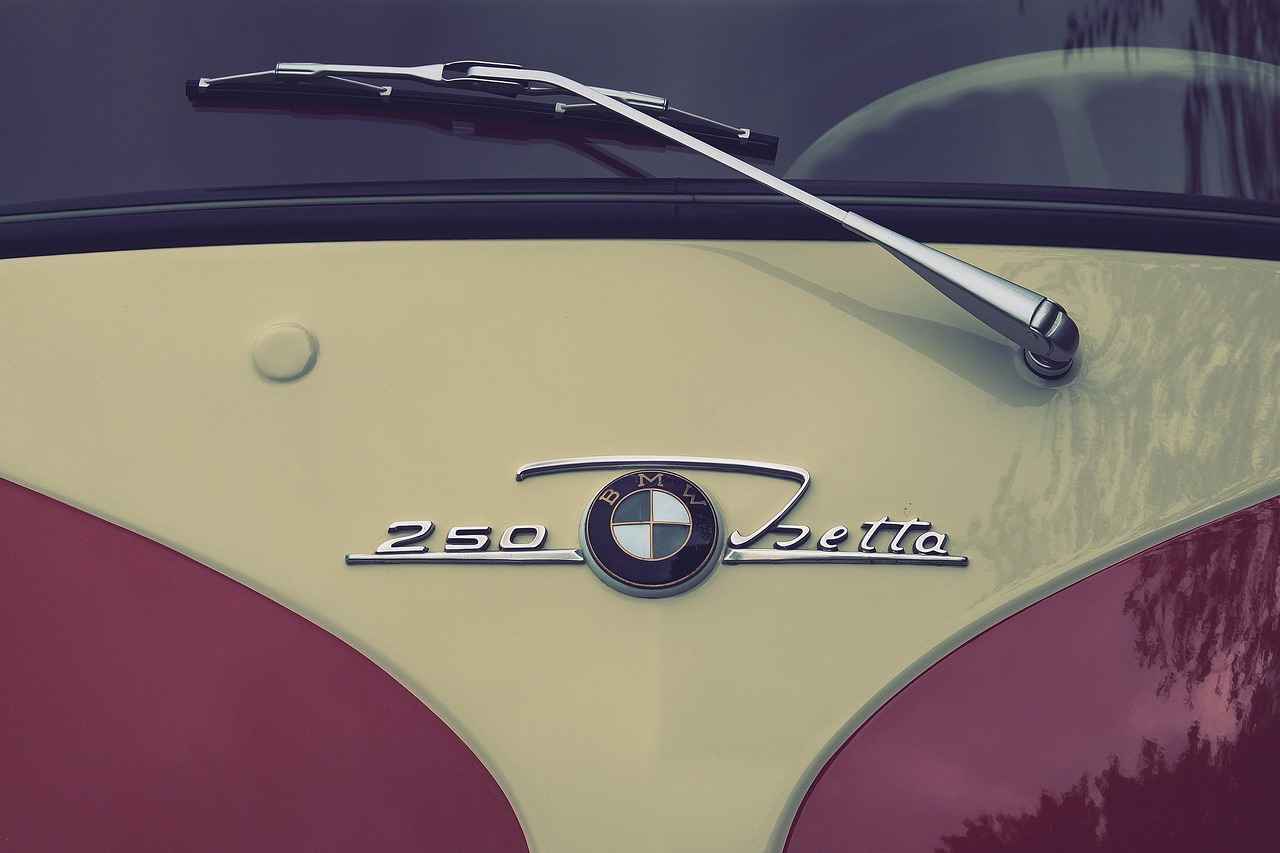
What Steps Can You Take to Fix Windshield Wipers?
When it comes to maintaining your vehicle, ensuring that your windshield wipers function properly is crucial for safety and visibility, especially during inclement weather. Fortunately, fixing windshield wipers can often be accomplished with basic tools and some DIY skills, making it accessible for many vehicle owners. Below are some practical steps you can take to troubleshoot and repair your windshield wipers effectively.
Before diving into the repair process, it’s essential to gather the necessary tools. Here’s a list of items you may need:
- Screwdriver – To remove wiper blades or covers.
- Replacement Wiper Blades – Ensure they are the correct size for your vehicle.
- Multimeter – For checking electrical connections.
- Socket Wrench – To access the wiper motor if needed.
Before making any repairs, it’s important to diagnose the issue. Common problems include:
- Worn Wiper Blades – Look for cracks or tears in the rubber.
- Electrical Issues – Check the fuse and wiring connections.
- Wiper Motor Failure – Listen for unusual noises when attempting to operate the wipers.
One of the most straightforward fixes is replacing worn wiper blades. Follow these steps:
- Lift the wiper arm away from the windshield.
- Press the release tab on the wiper blade to detach it from the arm.
- Align the new blade with the arm and click it into place.
- Lower the wiper arm back onto the windshield.
If your wipers still don’t work after replacing the blades, it might be time to check the wiper motor:
1. Disconnect the vehicle battery to ensure safety.2. Locate the wiper motor, usually found under the hood near the base of the windshield.3. Inspect the wiring for any visible damage.4. Use a multimeter to test the motor for continuity.5. If the motor is faulty, consider replacing it.
In some cases, the wiper system may need a reset. Here’s how to do it:
- Disconnect the battery for about 10 minutes.
- Reconnect the battery and turn the ignition to the “on” position without starting the engine.
- Turn on the wipers to check if they operate correctly.
While many issues can be resolved at home, if you encounter persistent problems or are unsure about performing repairs, it’s best to consult a professional mechanic. They can provide a thorough inspection and ensure that all components are functioning correctly.
By following these steps, you can effectively troubleshoot and repair your windshield wipers, ensuring that your visibility remains clear in all weather conditions. Regular maintenance and timely repairs will not only enhance your driving safety but also prolong the life of your windshield wiper system.
Replacing Wiper Blades
is a crucial maintenance task that every vehicle owner should prioritize. It is not only one of the simplest fixes for malfunctioning wipers but also a significant factor in ensuring safety during adverse weather conditions.
When it comes to windshield visibility, having functional wiper blades is essential. Worn or damaged blades can lead to streaks, skips, and even a complete inability to clear rain or snow from your windshield, which can be dangerous while driving.
Regularly replacing your wiper blades is vital for maintaining clear visibility. Old or damaged blades can compromise your ability to see the road clearly, especially in heavy rain or snow. This not only puts you at risk but also endangers other drivers on the road.
Selecting the correct size and type of wiper blades for your vehicle is crucial for optimal performance. Here are some tips to help you:
- Consult Your Vehicle Manual: Most manuals provide specifications for the correct wiper blade size.
- Measure Existing Blades: If you don’t have the manual, measure the length of your current blades.
- Consider Blade Types: There are various types of wiper blades, including conventional, beam, and hybrid. Choose one that fits your driving conditions.
Replacing wiper blades is a straightforward process that can be completed in just a few minutes. Follow these steps:
- Lift the Wiper Arm: Gently lift the wiper arm away from the windshield.
- Remove the Old Blade: Look for a release tab on the wiper blade and press it to detach the blade from the arm.
- Attach the New Blade: Align the new blade with the arm and push until you hear a click, indicating it’s securely attached.
- Lower the Wiper Arm: Carefully lower the wiper arm back onto the windshield.
It is generally recommended to replace windshield wiper blades every six months to a year, depending on usage and environmental conditions. If you notice any signs of wear, such as cracking or skipping, it’s time for a replacement.
Being aware of the signs that indicate worn wiper blades can save you from dangerous driving conditions. Look out for:
- Streaking: If your wipers leave streaks on the glass, the rubber may be worn.
- Skipping: If the blades skip across the windshield, they may not be making proper contact.
- Noisy Operation: Unusual sounds while operating can indicate that the blades need replacement.
In conclusion, maintaining your windshield wipers by regularly replacing the blades is a simple yet effective way to ensure your safety on the road. By selecting the right blades and following proper replacement procedures, you can enhance your visibility and driving experience.
Resetting the Wiper Motor
When it comes to maintaining your vehicle, ensuring that your windshield wipers function correctly is vital for safety, especially during inclement weather. If you find that your wipers are unresponsive, it can be frustrating and potentially dangerous. One effective solution to this problem is . This process can often restore functionality to your wipers without the need for costly repairs.
There are several reasons why your windshield wipers may stop working. In some cases, the issue may stem from electrical problems, while in others, it may be related to the wiper motor itself. Resetting the wiper motor can help address issues that arise due to a temporary glitch or electrical fault.
Resetting the wiper motor typically involves a few straightforward steps. Here’s a detailed guide:
- Disconnect the Battery: Start by disconnecting the negative terminal of your vehicle’s battery. This step is crucial as it ensures safety while working on the electrical components.
- Wait for a Few Minutes: After disconnecting the battery, wait for approximately 10 to 15 minutes. This waiting period allows any residual power to drain from the system.
- Reconnect the Battery: Reattach the negative terminal to the battery. Make sure it is securely connected.
- Test the Wiper Function: Turn on your vehicle and activate the wipers to see if they are functioning properly. If they still do not respond, you may need to consult your vehicle’s manual for specific reset procedures.
If resetting the wiper motor does not resolve the issue, there may be other underlying problems to consider:
- Check the Wiper Fuse: A blown fuse can prevent the wipers from working. Locate the fuse box in your vehicle and check the fuse related to the windshield wipers. Replace it if necessary.
- Inspect the Wiper Motor: If the motor is faulty, it may need to be replaced. Listen for any unusual sounds when attempting to operate the wipers, as this can indicate a motor issue.
- Evaluate the Wiper Switch: Sometimes, the issue lies with the wiper switch itself. If other electrical components are functioning normally, but the wipers are not, consider replacing the switch.
To prevent future issues with your windshield wipers, regular maintenance is essential. Here are some tips:
- Inspect Wiper Blades: Regularly check your wiper blades for wear and tear. Replace them at least every six months to ensure optimal performance.
- Keep the Windshield Clean: A clean windshield reduces the strain on your wipers and enhances visibility.
- Use Quality Wiper Fluid: Using the right windshield washer fluid can help maintain the condition of your wiper blades and improve their efficiency.
By following these guidelines, you can effectively troubleshoot and resolve issues with your windshield wipers, ensuring that you remain safe on the road.
How to Fix Windshield Wipers That Aren’t Working Properly
This article provides a comprehensive guide on troubleshooting and fixing windshield wipers that fail to operate effectively, ensuring clear visibility during adverse weather conditions.
What Are Common Causes of Windshield Wiper Malfunctions?
Understanding the common reasons behind windshield wiper issues can help you diagnose the problem quickly and efficiently, saving you time and money on repairs. Some frequent causes include:
- Worn or damaged wiper blades
- Faulty wiper motor
- Blown fuses
- Electrical issues
How Can You Diagnose Windshield Wiper Problems?
Diagnosing windshield wiper problems involves a systematic approach to identify the root cause, whether it’s electrical, mechanical, or related to the wiper blades themselves. Start by:
- Checking the wiper blades for any visible damage.
- Examining the wiper motor and fuse.
- Testing the electrical connections.
Checking the Wiper Blades
Inspecting the wiper blades is essential, as worn or damaged blades can significantly hinder visibility. Look for signs of wear, such as:
- Cracks in the rubber
- Missing rubber
- Streaks on the windshield during operation
What Signs Indicate Worn Wiper Blades?
Common signs of worn wiper blades include streaking on the windshield, skipping across the glass, and unusual noises when in operation. Regularly replacing wiper blades can prevent these issues.
How Often Should You Replace Wiper Blades?
It is generally recommended to replace windshield wiper blades every six months to a year, depending on usage and environmental conditions.
Examining the Wiper Motor and Fuse
The wiper motor and fuse are critical components that can affect wiper functionality. If the motor fails or the fuse blows, the wipers may stop working altogether. To check these components:
- Locate the fuse box and inspect the wiper fuse.
- Test the wiper motor with a multimeter.
What Steps Can You Take to Fix Windshield Wipers?
Fixing windshield wipers can often be accomplished with basic tools and some DIY skills, making it accessible for many vehicle owners. Here are some steps you can take:
Replacing Wiper Blades
Replacing wiper blades is one of the simplest fixes for malfunctioning wipers. Ensure you select the correct size and type for your vehicle for optimal performance. Follow these steps:
- Lift the wiper arm away from the windshield.
- Press the release tab to remove the old blade.
- Attach the new blade securely.
Resetting the Wiper Motor
If the wipers are unresponsive, resetting the wiper motor can sometimes resolve the issue. This may involve:
- Disconnecting the battery for a few minutes.
- Following specific reset procedures outlined in the vehicle manual.
By following these guidelines, you can effectively troubleshoot and fix windshield wipers that aren’t working properly, ensuring your safety and visibility on the road.
Frequently Asked Questions
- What should I do if my windshield wipers stop working suddenly?
If your windshield wipers stop working unexpectedly, first check the fuse and the wiper motor. Sometimes, a blown fuse can be the culprit. If the fuse is fine, inspect the wiper blades for any visible damage or wear.
- How can I tell if my wiper blades need to be replaced?
Look for signs like streaks on your windshield, skipping movements, or unusual noises while in operation. If you notice any of these issues, it’s time to replace your wiper blades for better visibility.
- Is it difficult to replace windshield wiper blades myself?
Not at all! Replacing wiper blades is a straightforward task that can often be done in just a few minutes. Just make sure you purchase the correct size and type for your vehicle.
- How often should I check or replace my wiper blades?
It’s a good idea to check your wiper blades every six months and replace them at least once a year. However, if you drive in harsh weather conditions, you might need to replace them more frequently.
- Can I reset the wiper motor myself?
Yes! Resetting the wiper motor is often a simple process. You may need to disconnect the battery or follow specific instructions in your vehicle’s manual. Just make sure to follow safety precautions.








